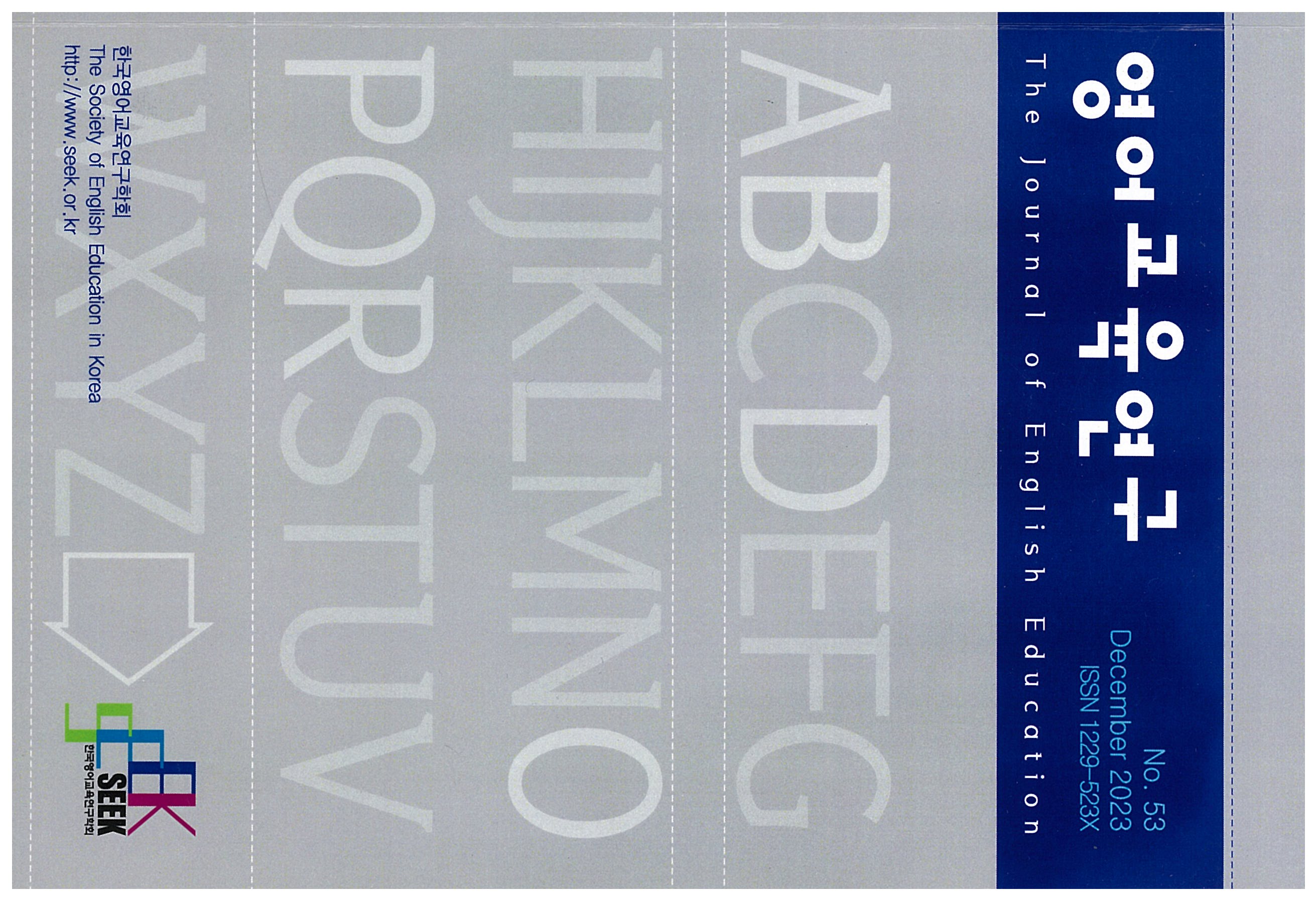Leslie Fiedler, American critic, expressed an interest in the popularity of a new culture against Elitism in 1970s. His argument in favor of cooperation with screen in order for literature to survive in an image media age has proven to be an effective prediction today. Not only do Literature and Film share “narrative” as a common feature but they also have a high degree of mutual dependence in the technical and developmental aspects. This is why no one questions when a work of literature is made into a film or when a film is made into a work of literature. Then, what meaning does the making of a literature into a film hold? Does it mean that the medium of film is simply used as a lower category of literature? Or, does it mean a completely new way of seeing a story? Letter and image both have “narrative” as a common feature but each of them is possessed of strictly different structure. That is, Novel and Film share “narrative style” in the way they have a “story structure” but they nevertheless have strictly different medium characteristics. When a literary work is made into a film, at the same time remembering the above characteristics, the change in length and content is determined by genre in the process of adaptation. In order to look into the details of these changes, a study of specific works is necessary for a better understanding of novel and film. This study aims to critically analyze John Steinbeck's The Grapes of Wrath in the form of original novel and in the form of a complete film adaptation of the same novels. In doing so, analyses of the transformational process of the characters will be made. This study has been undertaken to find ways for literature to survive in an age of a close relationship between literary works and film. It is important to select broad materials for an efficient study of literary style and production of film. To this end, the film adaptation of The Grapes of Wrath by John Ford in 1940. The analyses of the change into a film will center on critical analyses of the transitional processes of the characters and the perception of reality by each character. The main purpose of this study is to find out how the dominant discourse builds up our visual perception. I investigated how the protagonist of The Grapes of Wrath, Tom Joad, and his mother Ma Joad's cognition of the reality changed from family-centered mind to a love of humanity encompassing pan-human race against the background of the Depression. Also, I investigated how Jim Casey's shift to transcendentalism became the source of brotherhood and social realization. In conclusion, I showed how an adaptation of novel to a film is intimately related through Steinbeck's The Grapes of Wrath and its film adaptation during the tendency of the times. In this way, I was able to conclude that mutual complementation of the two different media led this study toward thorough understanding of Steinbeck and his work.
